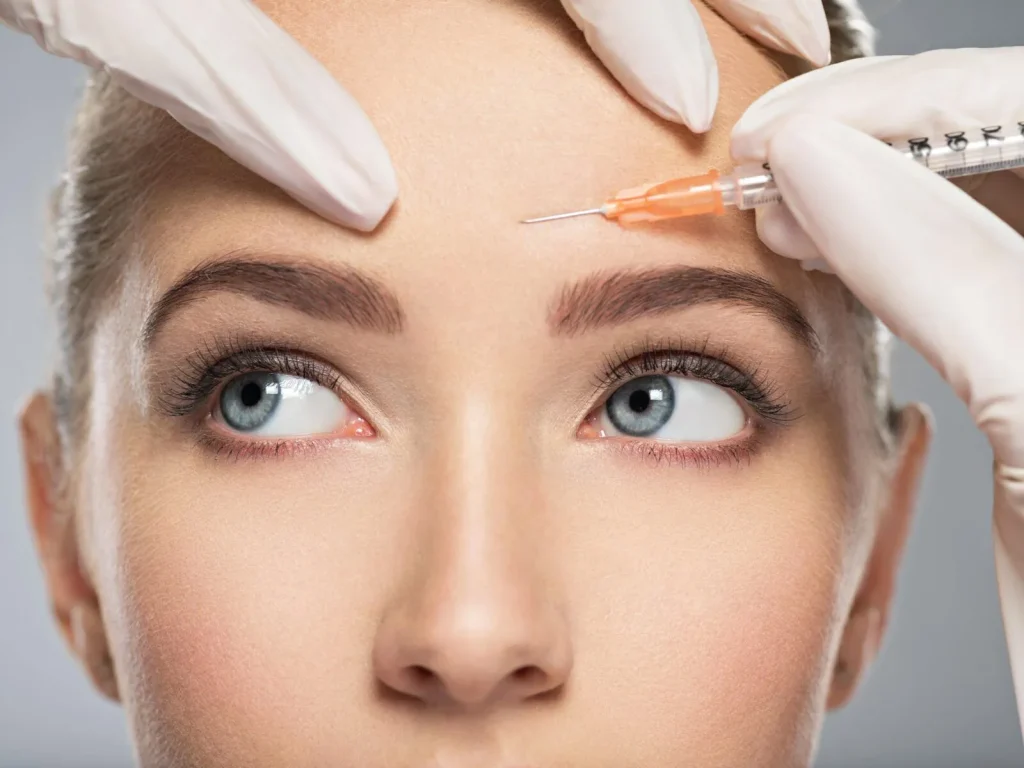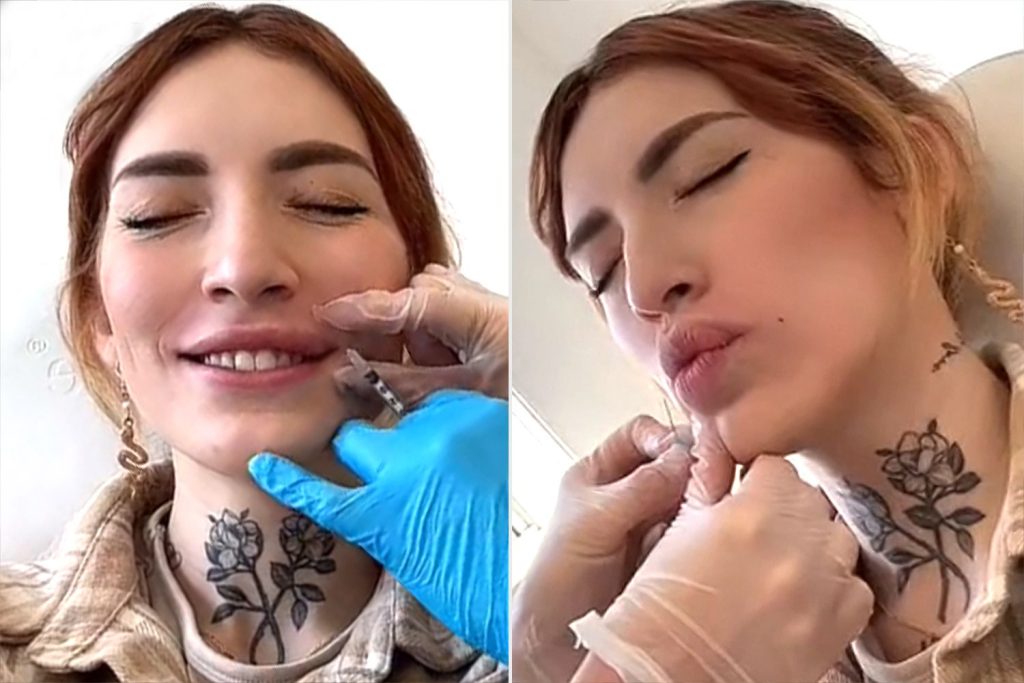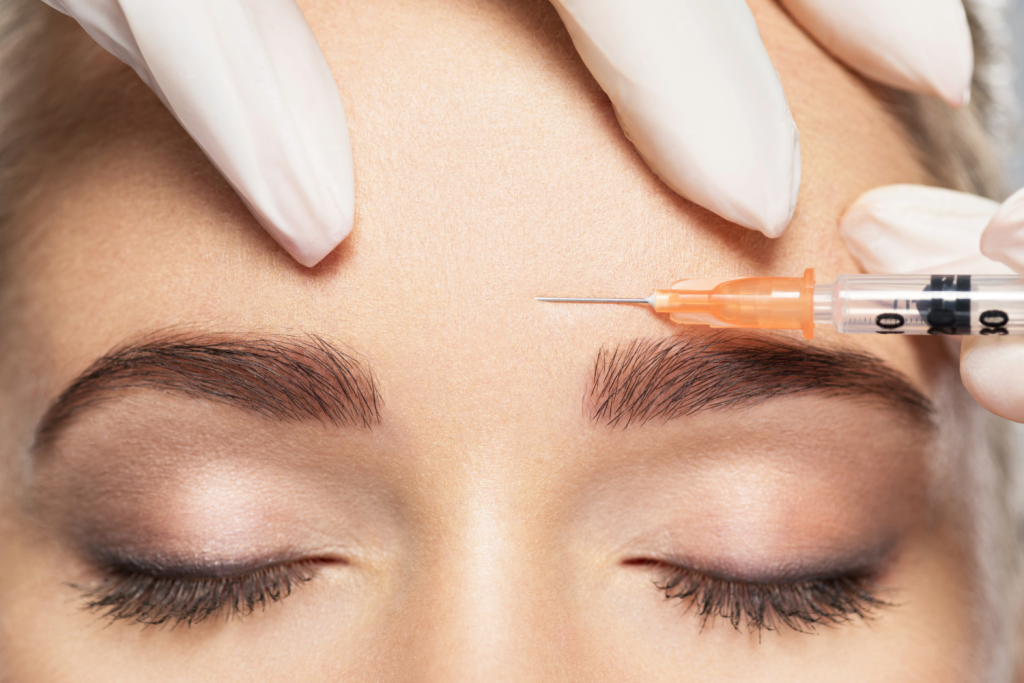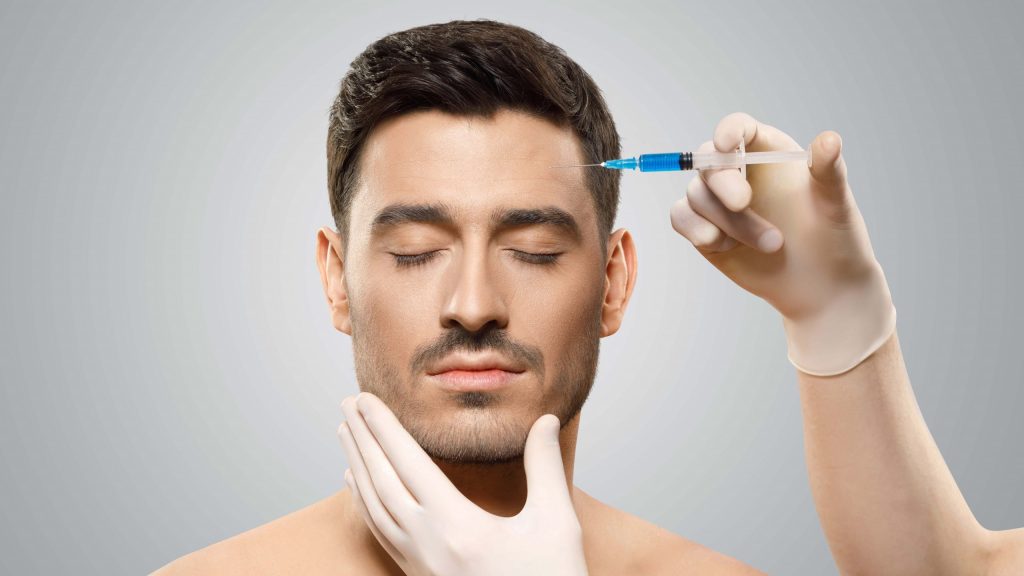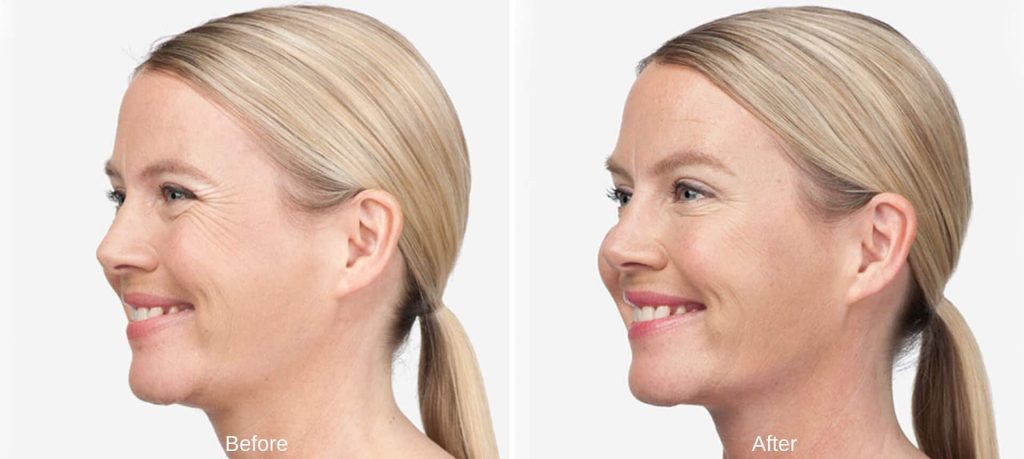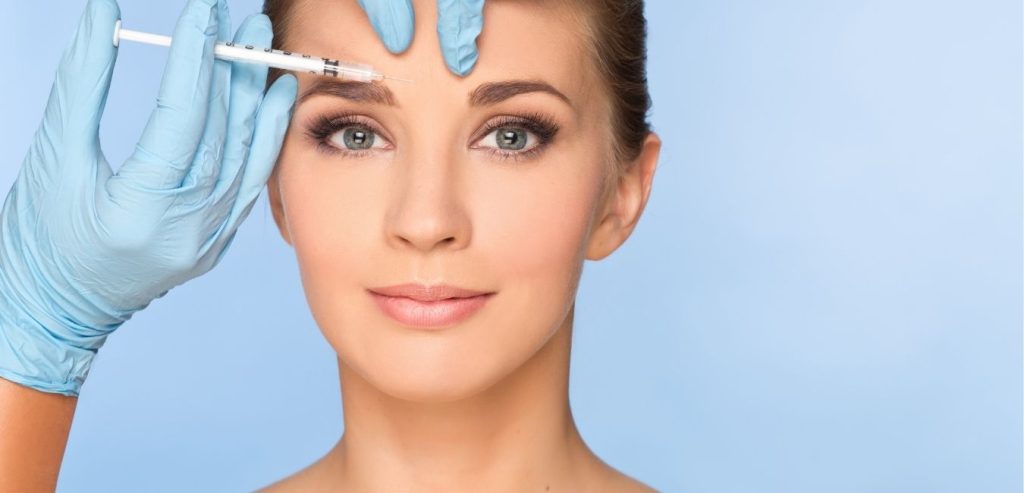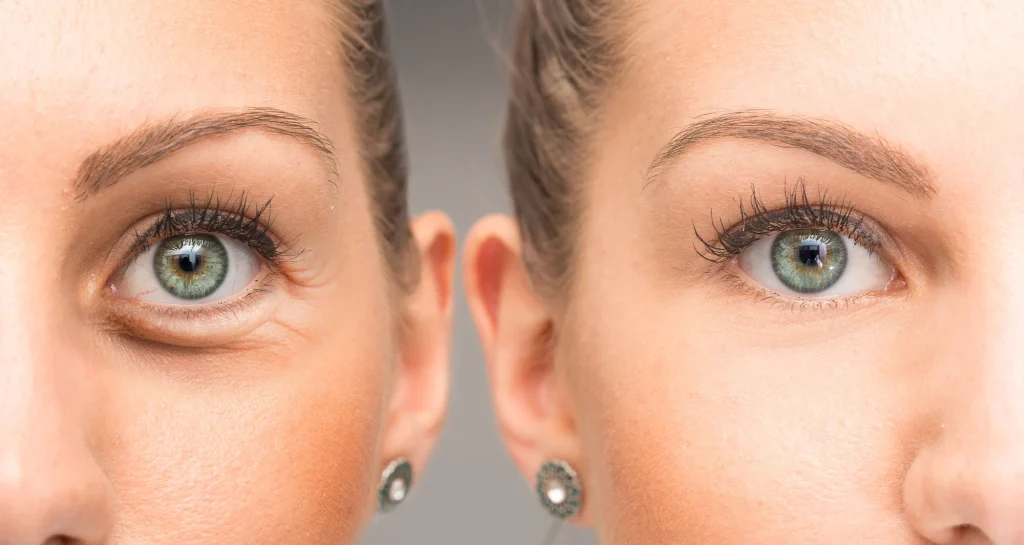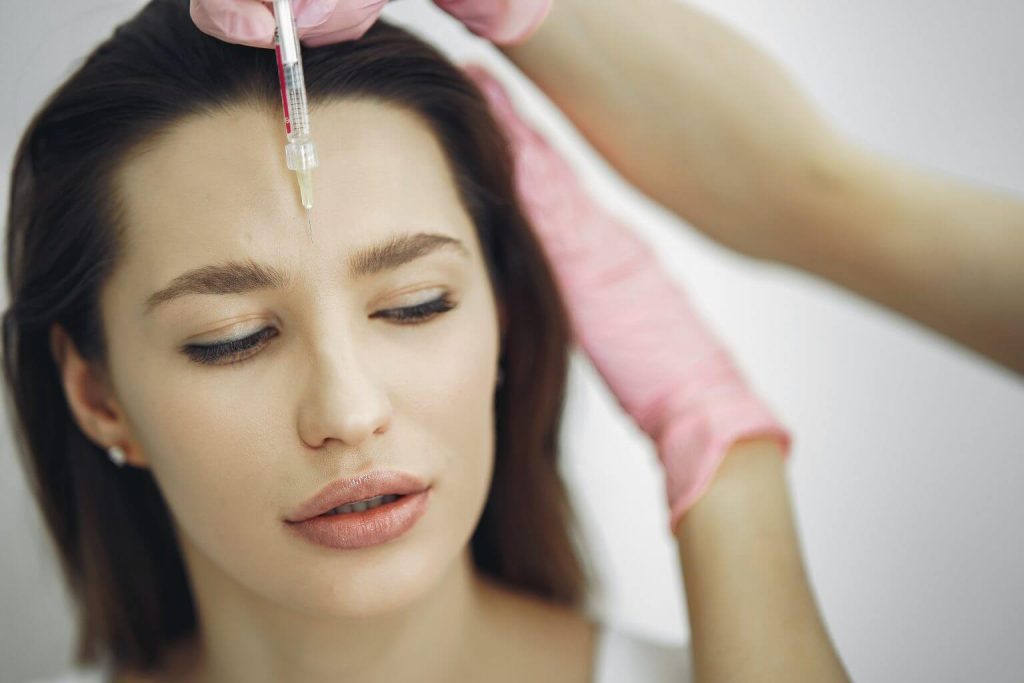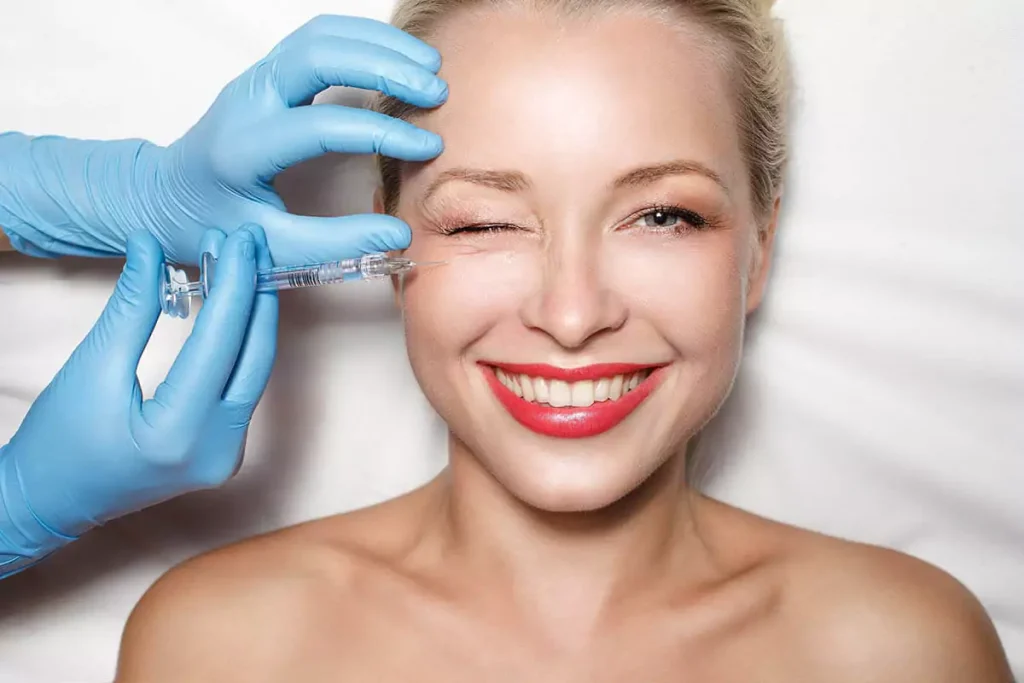Botox and Age: When to Start and Why It Matters
The discussion surrounding Botulinum Toxin Type A, commonly known as Botox, and the optimal age for its introduction into a personal regimen of aesthetic maintenance is far more nuanced than a simple chronological benchmark. To frame the conversation around a specific number—say, twenty-five or thirty-five—misses the fundamental biological and behavioral factors that truly dictate the…
Read more

